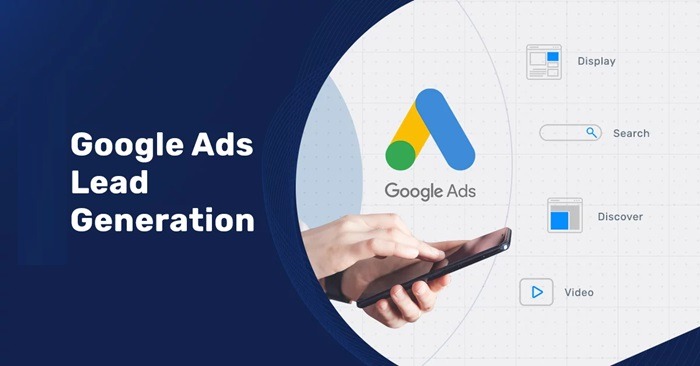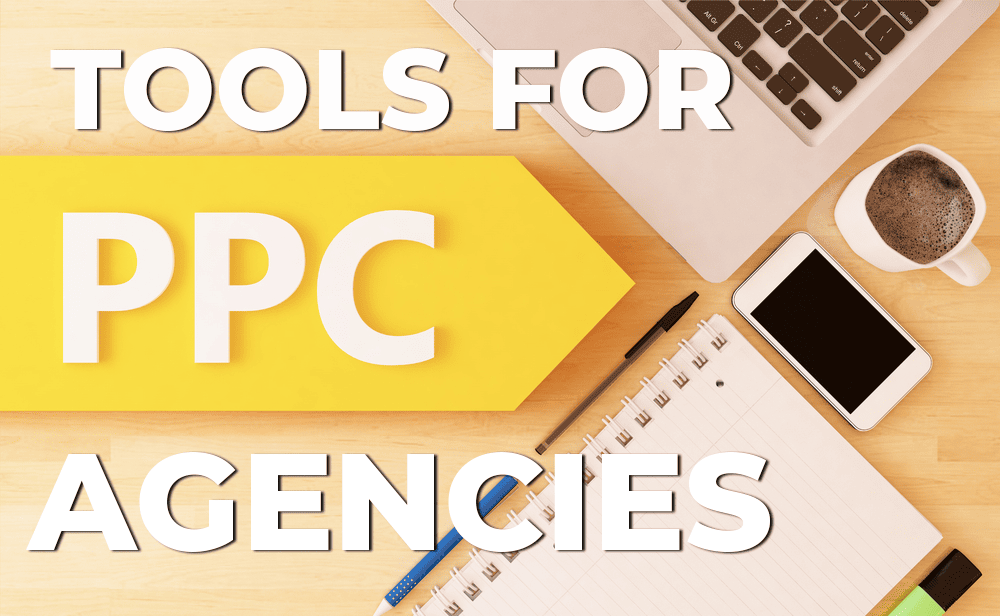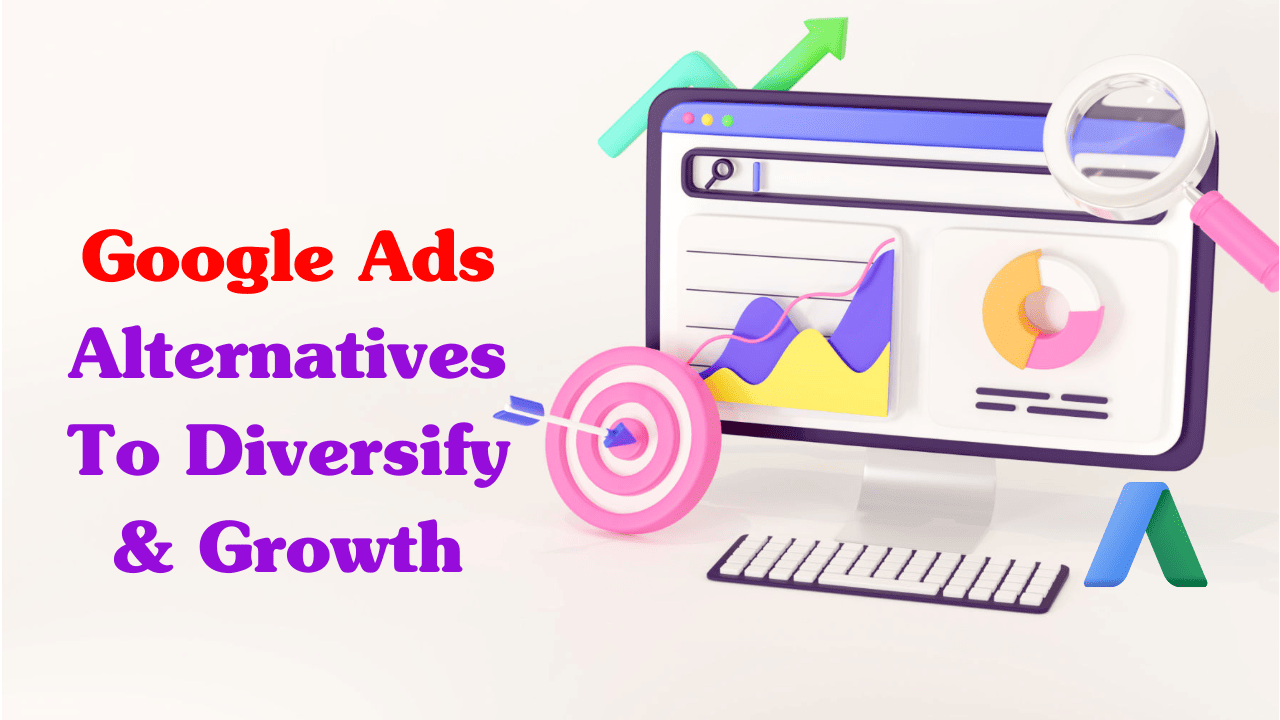Are you prepared to transform your cost-effective yet lucrative lead-generation search campaigns into substantial sources of growth? It might be the right moment to expand your Google Ads account. Every new Google Ads account begins from a modest standpoint, but there reaches a point where optimizing campaigns and boosting lead generation makes sense.
If you’re eager to elevate your efforts, this guide outlines anticipated outcomes when scaling a Google Ads lead generation account, the factors at play and elements under your control, and practical steps to enhance your PPC results.

When contemplating scaling, there are two approaches to consider:
- Maximizing returns on a single ad platform.
- Venturing into new platforms.
This article focuses on the first approach of using Google Ads to generate leads. Scaling a fledgling Google Ads account is much more than increasing your budget and expecting to see a linear increase in leads. It involves new settings and variables, additional client support, and a two-way exchange of information.
Indicators that you may be ready for true scaling include:
- Overly profitable campaigns, which may indicate underinvestment.
- A low impression share or click share, indicating available search volume is not being taken advantage of.
- Possessing a highly converting primary offer, along with other offers that are not being actively promoted.
Scaling Lead Generation Campaigns on Google Ads
While throwing money at a problem works in many cases, scaling a Google Ads account is more of an art. Simply increasing your budget will not cut it; rather, consider using these tactics that can collectively or individually influence growth to varying magnitudes.
Explore New Locations
When you’ve maximized your impression share, expanding the scale of your Search program involves seeking additional geographies to target. If you’re running a local campaign, explore the possibility of widening the location targeting.
For instance, if you’ve been targeting a specific county or mile radius, consider experimenting with different versions of the same area (such as county variations, ZIP codes, or a radius around a specific location). Although they essentially target the same location, this approach can broaden your audience by capturing additional people.
You may also like: Google Ads Introduces Innovative Multi-Format Ads for Video Reach Campaigns
Use New Keywords
If your Search campaign initially focused on a limited set of keywords, there’s a significant opportunity for expansion by integrating new search queries.
Consider the following:
- Are there keywords related to your industry or the specific problem you’re addressing that you haven’t targeted?
- Are there emerging topics or queries people are actively searching for?
- Can you explore location-based keywords by appending location terms to existing keywords?
By addressing these considerations, you can expose your ads to individuals who may require your offerings but were not reached by your previous campaigns. Beyond keywords, adjusting your match type can also unlock new possibilities. If you haven’t integrated Broad Match into your campaigns, experimenting with it can broaden your ad exposure to a more extensive range of traffic.
Develop Specialized Landing Pages
In general, campaigns tend to begin with sending traffic to the home page of the website to measure initial response. If it does not perform as desired, then building a dedicated landing page is a logical step to work on.
The objective of the dedicated landing page must be relevant, uncluttered, fast-loading, and have a clear call-to-action.
While the traditional approach often focuses on decreasing bounce rates, and in the case of lead-generation landing pages, a higher percentage is actually preferred. The reason for this is that by showing visitors with a binary choice of convert or leave better conversion rate is usually achieved.
Achieve clarity by addressing key questions:
- What action should the visitor take?
- Why should they take it?
- Why should they trust you?
- What will happen after they take the action?
This may result in a higher bounce rate, but that’s not necessarily detrimental. Even if your conversion rate jumps from 10% to 15% and your cost per click increases by 35%, you still achieve a more economical cost per lead compared to the previous scenario.
This aspect is frequently overlooked but holds substantial importance in Google Ads or any digital marketing campaign.
Optimize Your Expenditure
Expanding the reach of your early-stage search campaigns often involves more than just increasing your budget. While elevating your budget is effective when you’re not capturing a significant portion of available impressions, resulting in your ads being shown to a larger pool of relevant individuals, there are nuances to consider.
Doubling a $200 budget can potentially yield twice as many leads if you’re not reaching a substantial percentage of available impressions. However, as your budget grows and you achieve a healthy impression share, acquiring new conversions becomes more challenging due to a reduction in the number of people searching for relevant terms. Consequently, spending thousands may result in fewer conversions compared to lower-budget scenarios.
It’s important to monitor whether placements are consuming your budget with unproductive leads or irrelevant clicks. Opting out of placements like Search Partners and the Display network can redirect your budget towards avenues more likely to generate a profit.
Additionally, experimenting with a new campaign featuring a different goal, such as generating new demand, can uncover opportunities that were previously undiscovered.
You may also like: How To Use AI in Performance Max to Amplify Results
Experiment with Form Variations
If your approach to collecting leads involves forms, the design and content of your forms play a crucial role in determining their conversion effectiveness.
A standard form typically includes three to four fields, such as full name, email, and phone number.
For B2B brands, additional qualifiers can be beneficial. Consider asking for:
- Company name: Individuals without a company affiliation naturally disqualify themselves by leaving the page.
- Location: For businesses with limited service areas, include a geography drop-down or a zip code field
- Start date: If your offering has a prolonged or restricted timeline, prompt users to specify when they want the job done.
You can also inquire about information that aids in qualifying leads based on specific criteria, such as budget or industry. Furthermore, you can mention beneath the CTA button that you only accept customers who meet particular conditions.
The goal is to ensure that only prospects fitting your criteria complete the forms, minimizing the number of irrelevant leads and improving your qualification rate. This approach provides a more accurate understanding of your target market, enhancing forecasting accuracy.
Another effective strategy is to enhance conversion rates by placing a lock icon and assuring users that their data is 100% secure and won’t be shared. Addressing this concern upfront builds confidence and helps overcome potential objections.
Experiment with Landing Page Variations
Landing page optimization is a powerful tool that many Google Ads managers overlook, often due to uncertainty about where to begin.
Consider these best practices for landing page optimization:
- Test removing the header/navigation of the website, keeping only a logo linking to the homepage without additional links on the page.
- Ensure the page loads faster and is responsive to the device it’s accessed on, prioritizing mobile-friendliness.
- Opt for clear copy over clever, with a headline that straightforwardly communicates what you do, aligning with your ad copy and keywords.
- Feature a prominent, user-friendly form with a minimal number of fields, keeping it uncomplicated.
- For call-based conversions, integrate a click-to-call button with a clear call-to-action (CTA), and remember to track it.
- Display credibility prominently above the fold, including customer reviews, links to review sites, and any relevant industry accreditations, fostering trust with visitors.
- Below the fold, provide additional content so that as users scroll, they can delve deeper into your business, understanding what you offer, your solution, and its benefits. Integrate CTAs strategically between sections.
Evaluate Lead Quality
Whenever feasible, we advocate linking lead generation accounts with their CRM data to prioritize generating leads that contribute to business success. Consider a scenario where your client sells a specific custom-made item. While your form gathers standard contact information and qualifiers, you can also provide a section for users to input specific dimensions or measurements.
The key is to identify which leads include measurements and which ones do not. Typically, those with provided measurements tend to be of higher quality. When individuals go beyond the form requirements to input additional details, it signifies a strong interest in your product.
These distinguished leads can be appropriately tagged and reported back to Google through offline conversion imports, enabling the system to target users with similar characteristics. Beyond that, your sales team gains insights into which leads to prioritize, resulting in a comprehensive enhancement of your ability to expedite deal closures.
You may also like: How to Optimize Keywords for Service Providers and Transforming Blog Content
Implement Enhanced Conversions
It’s advisable to configure Enhanced Conversions if possible. Their primary function is to enable Google to track users in situations where challenges arise, such as in Apple’s ecosystems and other devices. This becomes especially valuable as we progress towards a future without cookies, allowing Google to monitor information that its pixels may not capture.
To enable this feature, you’ll need to furnish Google with personal data like emails and phone numbers. This information helps their system correlate it with an account that engaged with the Ad, providing an additional 10% of user data. While this is already beneficial, its significance is likely to grow in the future, making it advantageous to adopt early if feasible.
Integrate Performance Max
Once you’ve exhausted other strategies and it appears that further gains are challenging to achieve, consider integrating Performance Max – but only if you have some form of offline conversion tracking. Without it, you might encounter a significant influx of irrelevant data.
There are two methods for integrating Performance Max into lead-generation campaigns:
- Stick with Target CPA and relay qualified leads to Google through offline conversion imports from your CRM data. This signal can sometimes be more robust than a lead that directly translates into a sale. For instance, if you obtain 200 leads from Google and later mark 50 of them as qualified in your CRM, consider using this as a conversion action, tailoring the campaign to specifically target these types of conversions.
- Opt for a Target ROAS approach if you can feed revenue data back into Google Ads.
If offline conversions cannot be implemented, I advise steering clear of Performance Max for lead generation. Without this capability, you may end up investing time and money with little tangible return.
You may also like: Understanding the Importance of SEO in Today’s Digital Age
Scaling Lead Generation Campaigns on Google Ads
For an extended period, PPC found itself ensnared in a belief that it could operate independently of other marketing and business functions. This perception persisted, partly due to Google facilitating such autonomy.
However, the landscape is cyclical, and PPC is now rightfully reclaiming its place with a more comprehensive marketing strategy.
While elevating your investment and outcomes on Google Ads, it’s important to acknowledge that numerous other elements impact the overall customer experience. Preceding and succeeding the click, factors such as design, web development, discoverability, user experience (UX), and post-click sales follow-up play pivotal roles.
Scaling accounts is not an instantaneous or effortless process. Nevertheless, those who grasp the broader perspective and demonstrate persistence stand to reap substantial rewards.
Would you like to read more about “Scaling Lead Generation Campaigns on Google Ads” related articles? If so, we invite you to take a look at our other tech topics before you leave!
Use our Internet marketing service to help you rank on the first page of SERP.










